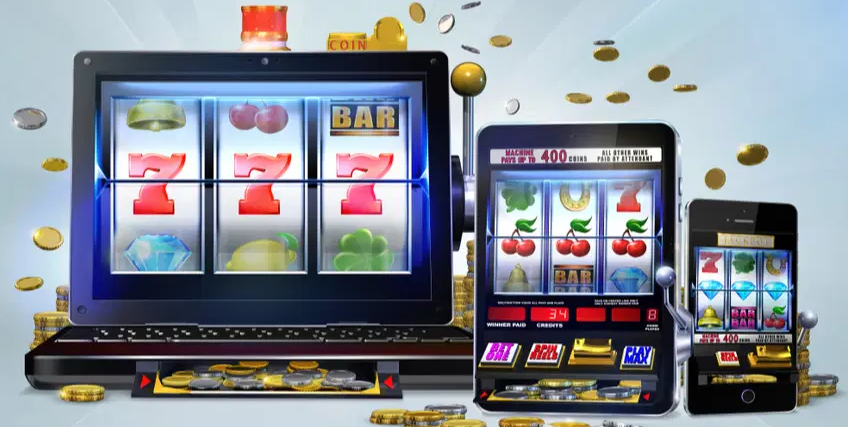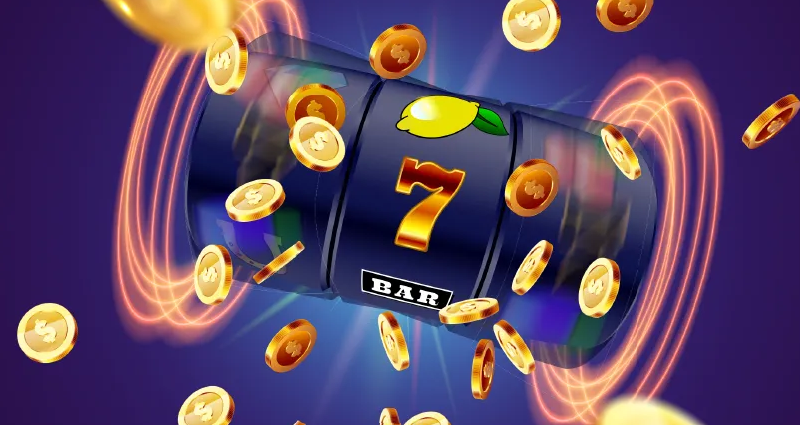Slot Autoplay: Smart Shortcut or Risky Gamble?
Sometimes when I’m playing slots, I don’t feel like constantly clicking. Maybe I’m relaxing with a coffee, scrolling through my phone, or just giving my finger a break. That’s when autoplay comes in handy. You simply select the number of spins and let the game take over.
Sounds convenient, right? Well—yes and no. Let’s break down what autoplay really does, and how to use it wisely.
Why Autoplay Can Be Useful
Autoplay automates spins in slot games. You choose how many spins to run and, in many games, set conditions like stopping after a big win or reaching a loss limit. It’s a feature of convenience:
-
No need for constant clicking
-
Great when multitasking or relaxing
-
Takes some emotion out of every spin
For low-volatility games or grinding long sessions, autoplay can actually be a smart choice.
Where It Goes Wrong
The downside? Autoplay can make you feel detached from your spending. When you’re not actively clicking, it’s easy to lose track of how much you’re losing. I once set 100 spins, walked away, and came back to find $60 gone—without really feeling it happen.
You also lose the immersive part of playing. You might miss visual cues, near-bonuses, or patterns. While none of those technically affect the outcome, they help keep you engaged. Autoplay can strip that away.

Does It Change the Odds?
No. Autoplay uses the same random number generator (RNG) as manual play. The return-to-player (RTP) percentage and odds remain unchanged. But it does accelerate your play—meaning you can lose (or win) money faster.
Some games even allow autoplay to skip bonus animations or make decisions for you, which could cause you to miss out on important choices.
Can Casinos Use It Against You?
Not directly. But faster play means higher turnover, and casinos know that. Many slot designs subtly encourage quicker gameplay. Autoplay is part of that trend—it removes friction, making it easier to keep spinning without pause.
Smart Times to Use Autoplay
There are scenarios where autoplay makes sense:
-
Low-volatility slots: Like Starburst or Twin Spin, where you’re not chasing massive jackpots.
-
Demo mode: Trying out a new game? Autoplay helps test features without constant clicks.
-
Bonus hunting: For games with rare bonuses, autoplay can help pass through the dull parts—just be sure to manually take over when a bonus hits.
Some slots, like Jack Hammer, are even built to pause autoplay during important features, which makes the experience more balanced and controlled.

When to Avoid It
Skip autoplay in these situations:
-
High-volatility slots: Titles like Dead or Alive II need full focus—one spin can make or break your session.
-
When you’re distracted: Never use autoplay if you’re not watching the screen. You risk missing important moments or draining your balance.
-
Slots that require decisions: If a bonus round needs user input, autoplay might skip it or auto-select options—definitely not ideal.
How I Use Autoplay Safely
Here’s how I stay in control:
-
Stick to slots I know well
-
Choose low-to-medium volatility games
-
Set a low number of spins (20–50 max)
-
Watch the screen actively
-
Stop autoplay when something interesting happens
Final Thoughts: It’s a Tool, Not a Substitute
Autoplay isn’t good or bad—it’s how you use it. It won’t rig the odds, but it can make you less mindful of what’s happening. And in a game where real money’s involved, that lack of focus can be costly.
Use autoplay like a tool, not a crutch. Stay alert, stay in control—and remember: even when you’re not clicking, you’re still in charge.
